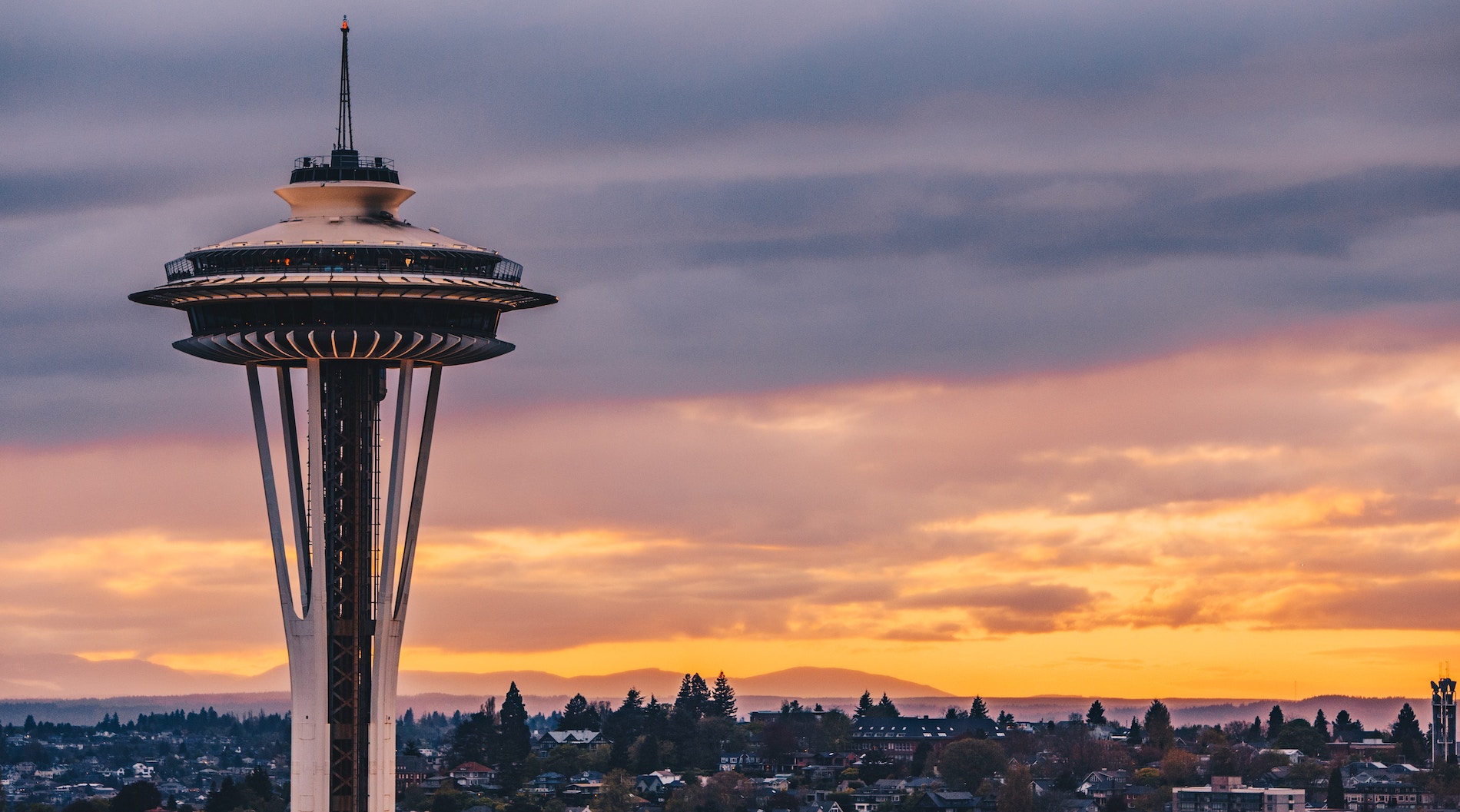A cap-and-invest bill is currently on the move in Washington State. The bill (SB 5981), which will establish a declining cap on greenhouse gas (GHG) emissions, was heard last week by the Senate Environment, Energy and Technology committee.
Senator Reuven Carlyle (D), the bill’s chief sponsor, told Climate XChange in an interview on Monday that while the legislation is not expected to pass during this short legislative session (which ends on March 12) the groundwork has been laid for passage in 2021.
“This year and last year’s work has been focused on solidifying the foundation for carbon pricing among industry and environmental stakeholders,” Carlyle said. “There’s simply a growing consensus that we’re the type of state that can pull this off in a way that is effective and equitable.”
How the Cap-and-Invest Program Works
The bill establishes a cap-and-invest program for greenhouse gas emissions that will require the state to reduce emissions by 25% by 2035 and 50% by 2050. Revenue will be primarily invested in a number of energy efficiency and resilience projects.
About 50% of state-wide emissions would initially be under the cap and sold in auction — 46 metric tons of carbon — and the percentage of emissions covered would increase over time.
Based on California’s current price of about $15 per metric ton, the sale of 46 million allowances would result in $690 million in revenue, which will be broken down according to the following:
- 40% in an Energy Transformation Account for emission-reduction projects
- 35% in an Energy Transition Assistance Account for low-income households, highly-impacted communities, and job retraining for fossil fuel-related industry workers
- 25% in a Climate Impacts Resilience Account for wildfire preparedness, resilience, and adaptation measures
The program will be administered by the Department of Ecology, which is responsible for monitoring and tracking the state’s progress toward its emission cap. Many of the program details will be left to the discretion of the Department.
Emissions-Intensive, Trade-Exposed entities (EITEs) — carbon-intensive industries that will be hit hardest by a price on carbon — will be allocated a declining number of free allowances from 2021 to 2035.
Additionally, Washington policymakers are hoping to ultimately link with California’s cap-and-invest program, and Oregon’s down the road. In Oregon, policymakers have been working on cap-and-invest for nearly a decade — here’s a recap of last year’s dramatic saga, which ultimately resulted in the surprising failure of the legislation. In California, cap-and-invest has been in effect since 2012.
“Philosophically, and from a policy standpoint, we want to stay particularly close to Oregon,” Carlyle said. “It’s too soon to tell how a broader linkage would work, but the general sense is that we believe we can do it in a way that works well for Washington State.”
We’ve Been Down This Road Before
Washington State has long been trying to put a price on carbon pollution. In 2018, voters rejected a ballot initiative (I-1631) that would have imposed a $15 per carbon ton price that would rise by $2 annually until reaching $55 in 2035. The initiative was supported by a wide range of labor, justice, indigenous, and environmental groups, mobilized by the Alliance for Jobs and Clean Energy.
The proposed fee resulted in the biggest ballot-measure spending spree in state history; the opposition, spearheaded by the oil industry, raised more than $31 against the bill. Ultimately, only 43.7% of voters supported the initiative.
Initiative 1631 was Washington’s second attempt to price carbon at the ballot. Prior to that, Initiative 732 was rejected by voters in 2016. Collectively, the two failed ballot initiatives raised some concerns that the ballot was not a viable pathway forward to enact carbon pricing.
In a Climate XChange webinar last year, Becky Kelley, President of the Washington Environmental Council and one of the key leaders of I-1631, said maintaining perspective was critical.
“Shortly after the election, we were writing to our members to try to put this into some sort of historical perspective about movements and how things take time,” Kelley said. “I was googling how long women’s suffrage took in the United States, and basically, it was a decades long fight over a hundred years, and disagreements over strategies crippled the movement more than once. And I kind of laughed, and was like, ‘okay, this feels like that kind of fight.’”
Climate Policy is Gaining Undeniable Momentum in Washington State
More than 20 major companies, including Microsoft, Nike, and Uber, support expanding cap-and-invest to Oregon and Washington State. BP Oil, which had previously lobbied and invested heavily against I-1631, now supports cap-and-invest as well.
“There’s no question in my mind that cap-and-invest is coming,” Carlyle said. “We really have a growing level of support from the business community.”
Cap-and-invest is not the only climate policy on the move in Washington State. Last month, the Washington Supreme Court reinstated a severely limited version of Governor Jay Inslee’s plan to cap carbon pollution in the state in a 5-4 ruling. The court said the Clean Air Rule cannot apply to companies that sell or distribute petroleum or natural gas because they don’t make their own emissions. In response, a bill seeking to expand the Department of Ecology’s authority to regulate emissions under the state’s Clean Air Act (SB 6628/HB 2892) has cleared the respective energy policy committees in the House and Senate.
At the same time, Senator Hobbs unveiled his Forward Washington Transportation Pan during a Senate Transportation Committee hearing, which relies partly on carbon pollution funding. The plan, similar to last year’s, is a package of transportation bills that would price carbon pollution and invest revenue in roads and bridges.
“Senator Hobbs and I are working closely together,” Carlyle said. “We need transportation infrastructure, yes, but we need it done in a way that reflects environmental responsibility. It’s important that the use of proceeds from carbon pricing pays for high-value, high-impact investment in clean energy and transportation.”
Jessie Martin, the Executive Director of Carbon Washington, said in an interview with Climate XChange last week that the organization is supporting cap-and-invest and a number of other climate-related bills.
“The stage is being set for some really productive collaboration and innovation,” Martin said. “To see energy around so many different initiatives is very exciting.”
Carlyle said he senses a shift in the way people on both sides of the political spectrum perceive the climate crisis and the need to price pollution.
“There is an emerging and deep-seated recognition from both conservatives and progressives that the failure of the gas and oil industry to price the negative externalities of carbon is having a profoundly negative effect on all of us,” Carlyle said.
Washington State is certainly not alone in its push for carbon pricing; 16 states introduced carbon pricing legislation last year, and several more are expected to this session. At the federal level, ten carbon pricing bills have been introduced this session.
“Ultimately, a meaningful price on carbon is inevitable in this country,” Carlyle said. “How that unfolds — which states, in which order, and how we use those dollars to invest in the next generation of clean energy — is front and center in the political wave that is coming.”









